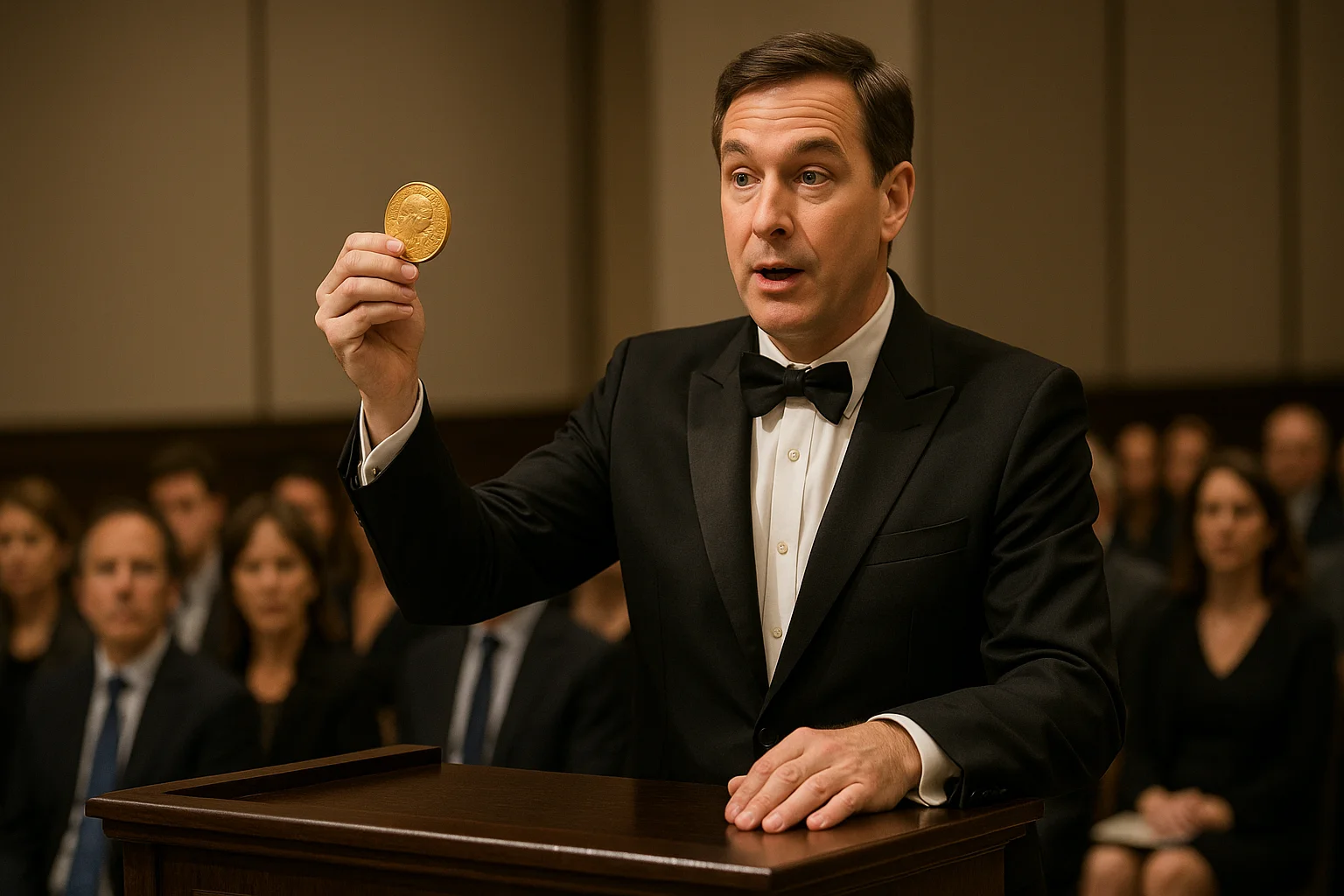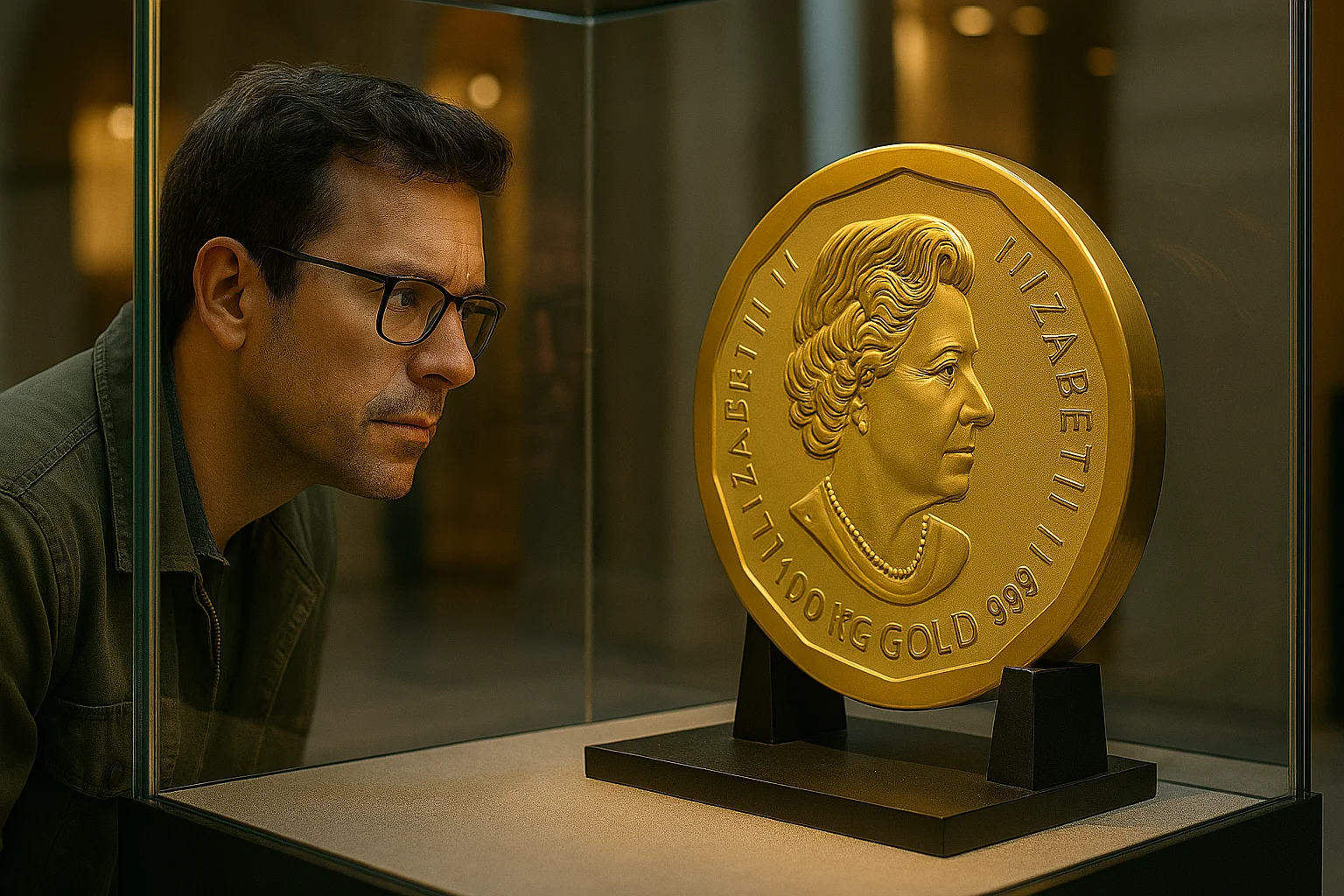Most people wouldn’t give a second glance to the coins jangling in their pocket — and that’s exactly why the world of numismatics (coin collecting) is so full of surprises. While many hobbyists hunt for modern errors or state quarters worth keeping, a completely different realm exists at the top of the collecting world: the most expensive coins ever sold.
These coins are considered as windows into history, artifacts of empires, mysteries in gold and silver. And some of them have reached prices that rival the value of luxury yachts, Manhattan condos, or even Renaissance paintings.
But what actually makes a coin worth millions and why are the most expensive coins often locked away where you’ll never see them? Let’s start with what separates ordinary pocket change from millionaire-tier metal.
What Makes a Coin Worth Millions?
The answer isn’t as simple as “because it’s gold.” In fact, many of the most expensive coins in the world aren’t made of precious metal at all. A coin’s true value comes from four main elements:
- Rarity – Was it minted in limited numbers, or does only a handful survive?
- Historical significance – Was it part of a turning point in history? Tied to a famous figure?
- Minting anomalies – Errors, unusual designs, or unauthorized production often spike value.
- Condition – Graded coins in near-perfect preservation can increase exponentially in worth.
Here’s a fascinating twist: a coin’s price can also depend on provenance — the story of its past owners. A coin once held by a royal family, or passed through the hands of a legendary collector, can gain enormous value purely through its pedigree.
Lifehack: You don’t need to be a millionaire to get started. Many modern coins have subtle varieties that can carry surprising value. With tools like Coin ID Scanner app, you can scan everyday coins and instantly get insights on rarity, composition and other details, or potential market value — all from your phone.

The Top 10 Most Expensive Coins — And Why You’ll Probably Never See Them
- 1933 Double Eagle ($20)
Price: $18,872,250 — Sotheby’s, 2021
One of the most storied coins in American history, the 1933 Double Eagle was never meant to enter circulation. The entire mintage was ordered melted down as the U.S. abandoned the gold standard. Yet a few slipped out — and after years of legal battles, only one coin is legally owned by a private person.
- Why it’s famous: Illegal to own until 2002, this coin became a legend of intrigue and legal drama.
- Why you’ll never see it: All others were seized or destroyed by the U.S. government.
Fact to know: This coin holds the record as the most expensive American coin ever sold.
Collector Tip: Because of its fame, the 1933 Double Eagle is one of the most counterfeited coins — even fake certificates circulate. Never trust a seller without rock-solid authentication.
- 1794 Flowing Hair Silver Dollar
Price: $10,016,875 — Stack’s Bowers, 2013
This isn’t just any silver dollar — it’s believed to be the very first struck by the United States Mint. With Liberty’s flowing hair on one side and a small eagle on the reverse, the design marked the beginning of America’s national coinage.
- Why it’s famous: The likely first silver dollar of the U.S., struck in 1794.
- Why you’ll never see it: Fewer than 150 are known to exist — and the finest example lives in a private collection.
Fun fact: This coin is considered by many to be the symbolic birth of American monetary independence.
Did you know? A flawless example of this coin was struck on a specially polished planchet, giving it a proof-like surface — part of what helped it reach that incredible price.
- 1787 Brasher Doubloon (EB on Breast)
Price: $9,360,000 — Heritage Auctions, 2021
Before the United States even had a federal mint, a skilled goldsmith named Ephraim Brasher took it upon himself to create coinage that met his own high standards. A close associate of George Washington, Brasher hand-struck a small number of gold coins known as Brasher Doubloons, marking each one with his initials — EB — on the eagle’s breast.
- Why it’s famous: It’s a pioneering piece of American monetary history, and it set the stage for the future U.S. Mint.
- Why you’ll never see it: Only a handful exist, and most are tightly held by elite collectors or museums.
Fun fact: This coin was struck before the U.S. Constitution was ratified — a relic of a country that technically didn’t exist yet.
Collector insight: The Brasher Doubloon is the holy grail of early American private coinage. Finding one today would be like unearthing a piece of the Constitution itself.
- 1804 Draped Bust Silver Dollar (Class I)
Price: $7,680,000 — Stack’s Bowers, 2021
At first glance, this coin seems like a straightforward early U.S. silver dollar. But don’t be fooled — the 1804 Draped Bust was never minted in 1804. Instead, it was struck 30 years later in 1834 as a gift for foreign dignitaries during U.S. diplomatic missions. This rarity has only added to its legend.
- Why it’s famous: It’s one of the most famous “wrong-date” coins in history, produced for diplomacy, not commerce.
- Why you’ll never see it: There are just eight known Class I specimens, and most are locked away in world-class collections.
Fun fact: Nicknamed the “King of American Coins,” it has been the centerpiece of auctions for over a century.
- 1343 Edward III Florin (“Double Leopard”)
Estimated Price: ~$6,800,000
Let’s cross the Atlantic for a moment and jump back to medieval England. The Edward III Florin, also called the Double Leopard, is a coin that few even knew existed until the 20th century. Minted in 1343 and quickly withdrawn from circulation due to its odd weight, only three examples are known today.
- Why it’s famous: It’s one of the rarest medieval gold coins in the world, struck under King Edward III.
- Why you’ll never see it: One lives in the British Museum, and the others are in private hands — unlikely to appear anytime soon.
Fun fact: One of the surviving coins was found in 2006 — by chance — in the River Thames.
Historical twist: Medieval coins like this weren’t just currency; they were also propaganda — a statement of royal authority in gold.
- 2007 Canadian $1 Million Maple Leaf
Price: ~$4,020,000 — Dorotheum Auction, 2010
Let’s end this part with something surprisingly modern — and massive. In 2007, the Royal Canadian Mint created a gold coin that was 100 kg (220 pounds) of pure gold, with a face value of 1 million Canadian dollars. But that was just for show — its real value far exceeds that.
- Why it’s famous: It’s the largest and purest gold coin ever minted, with a purity of .99999 (five nines).
- Why you’ll never see it: Only six were made, most stored in private collections or vaults, and one was even the target of a museum heist in Germany.
Fun fact: Despite its size, the coin was originally made to promote Canada’s smaller investment-grade Maple Leaf coins.
Tip: While the giant version is off-limits, you can invest in standard-sized Maple Leaf coins, which are widely respected for their purity and backed by the Canadian government — a great option for collectors and investors alike.

- 1913 Liberty Head Nickel
Price: $4,560,000 — Private Sale, 2018
The 1913 Liberty Head Nickel is one of the most mysterious coins in American numismatics. Officially, it should never have been made. The Liberty Head design was retired in 1912 (replaced by the Buffalo Nickel). Yet somehow, five coins bearing the old design and the 1913 date were secretly struck — likely by someone inside the Mint.
- Why it’s famous: It’s a “phantom issue” — a coin that’s not supposed to exist, but does.
- Why you’ll never see it: All known examples are in museums or held by millionaire collectors.
Lifehack: While you won’t stumble upon one of these, modern nickels with rare minting errors — like off-centers, double dies, or no-mintmark varieties — can also carry real value, so keep an eye out.
- 1822 Half Eagle ($5)
Price: $8,400,000 — Stack’s Bowers, 2021
This coin may look modest, but don’t let that fool you. The 1822 Half Eagle is one of the rarest gold coins in U.S. history. While over 17,000 were struck, only three survive today — and two of them are locked away in the Smithsonian. That makes the single privately held example one of the most sought-after coins in the world.
- Why it’s famous: It’s the only 1822 Half Eagle available to collectors — the others are national treasures.
- Why you’ll never see it: It took over 100 years for this example to even come up for auction.
Fun fact: Experts say it’s also one of the hardest early coins to fake — thanks to the fine details in the eagle’s wings and shield.
- 1894-S Barber Dime
Price: $2,160,000 — Private Sale, 2020
It’s small, silver, and deceptively simple. But the 1894-S Barber Dime is the stuff of legend. Only 24 were struck, and it’s believed that fewer than 9 still exist. According to lore, they were minted at the request of the San Francisco Mint director, who gave a few to friends — and allegedly one to his daughter to buy ice cream (she reportedly didn’t).
- Why it’s famous: With fewer than 10 known, it’s one of the rarest dimes ever created.
- Why you’ll never see it: Nearly all are hidden in high-end private collections.
Tip: If you ever spot an 1894 dime — don’t clean it, don’t sell it fast. Get it professionally verified ASAP.
- 100 Ducats of Sigismund III (1621, Poland)
Price: $2,160,000 — SINCONA AG Auction, 2021
Closing our list is a majestic coin from Eastern Europe. The 100 Ducats of Sigismund III Vasa, minted in Poland in 1621, is more sculpture than currency. Weighing over 300 grams of gold, it was never meant for daily trade — this coin was ceremonial, struck by hand to showcase royal power.
- Why it’s famous: It’s the most expensive coin ever sold from Eastern Europe.
- Why you’ll never see it: Almost all known examples are held in museums or national treasuries.
Fun fact: The craftsmanship is so intricate that some scholars consider it a “medal-coin hybrid.”
Did you know? Even in the 17th century, coins like these were reserved for elite diplomatic gifts — not for pockets or purses.
Unique Coins — Hidden Worlds
The coins on this list are historical artifacts, each with its own secrets and legends. Most are locked away in vaults, behind glass, or in hands that may never let go. And unless you’re at a Sotheby’s auction with a blank check, you’ll likely never hold one.
But here’s the twist: valuable coins don’t always cost millions. In fact, your next pocket find might be one of those rare mint errors, low-mintage modern issues, or state quarters worth money that collectors quietly chase. The world of coins is vast, and it rewards those with sharp eyes and a bit of curiosity.
